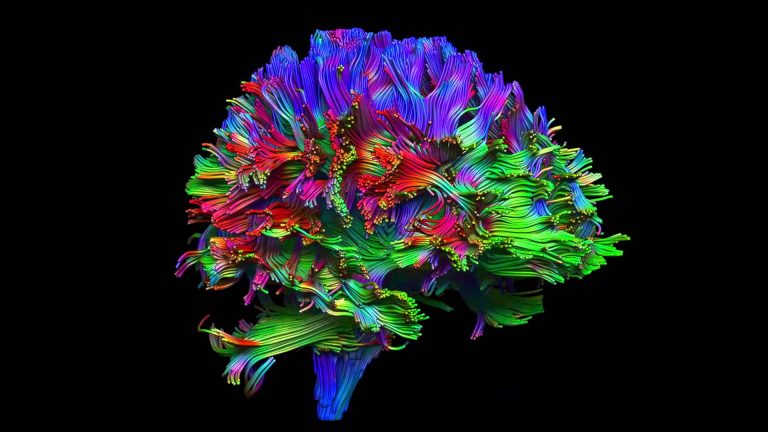Behavioral Activation and The Depression Cycle
For those with depression, you know that it doesn’t help very much when people simply suggest that you do more positive things to abate the symptoms. It’s really quite invalidating. We know they mean well, but in reality, without a firsthand experience with depression it is often quite difficult to relate to. Nearly 9% of all people suffer from at least one depressive episode per year. It may seem like a small percentage but that’s around 630 million people. Approximately 3.4% of individuals, in addition, suffer from severe ongoing depression. It has lead to more suicides in the past few decades than ever before. The inherent problem with depression is that it is a vicious cycle. Avoidant behaviors in response to negative stimuli may help to relieve symptoms in the short-term but in the long run will only increase the effects of the depression on the mind.
“Behavioral Activation” is a technique that falls under positive psychology and mindfulness, and is used to interrupt the depression cycle. The idea is that depression is caused when an individual has too little positive reinforcement in their life. Following that, there is also an abundance of avoidant practices that the sufferer uses in an effort to limit their depression, even if it will come back stronger later. Even medication is considered an avoidant practice when it comes to depression. So how do we stop the depression cycle? Behavioral activation allows us to address the negative reinforcement tactics and avoidant practices that are used for short-term relief making it a highly successful long-term technique for depression and provides lasting results.
Let’s face it, big culprit for depression in modern society is something like New Year’s resolutions. Resolutions offer us a chance to reflect on our past year and recognize what we wish to change. The issue for most is that these desires often go unfulfilled and leaves the individual feeling a sense of failure, regret, and depressed. Behavioral activation can be related to this because it is a lot like creating a resolution for basic depressive thoughts that come as a result of negative reinforcement. Eating better, losing weight, getting that home improvement project done, are all examples of goals we may have that behavioral activation can help with.
The first step in the process to creating a new goal is determining what obstacles stand in your way. “What is stopping me from eating better?” In this case, it might be going out to eat regularly. You will typically find that the obstacle to the goal is something generally unreasonable. “I don’t want to go to the gym because of the weather.” The irony is, when something is obligatory, like going to work for example, the weather would never be a factor because going to work is an obligation, but going to the gym is not so we will often make excuses as to why we shouldn’t go. We then ask what positive behavior can we implement to achieve the goal of eating better or losing weight while still acknowledging the obstacle.
A positive behavior for losing weight could be something like setting a smaller goal. Most people set the bar too high and end up disappointed. So instead of committing yourself to working out each day, start with one day per week. Eventually, when you are used to this and it becomes routine, you can increase by one extra day per week. In both the short and long-term, this method will allow you to feel more accomplished and successful, which is the positive reinforcement that you need to continue to complete that task. Behavioral activation is all about pushing through those negative behaviors and irrational excuses and simply doing the activity. The more you are able to push through it, the less hard you’ll have to push next time until it eventually becomes so ingrained that your mind will not try to fight you anymore. Keeping a “habit log” will also allow you to keep track of your goal’s progress and seeing a filled in log is always satisfying, and is again, another form of positive reinforcement that you are on the right track.
Use this worksheet to keep track of your activities and positive reinforcement throughout your day. The more you fill it out the more accomplished you will feel which will create a more productive day. Think about your past New Year’s resolutions. Did you keep to it, or did you miss the mark? What obstacle held you back from keeping your word? What negative reinforcements exist right now that prevent you from your activity? How big was the goal that you were trying to complete? Let me know about your experiences and how you’ve tried to implement Behavioral Activation in your life!






